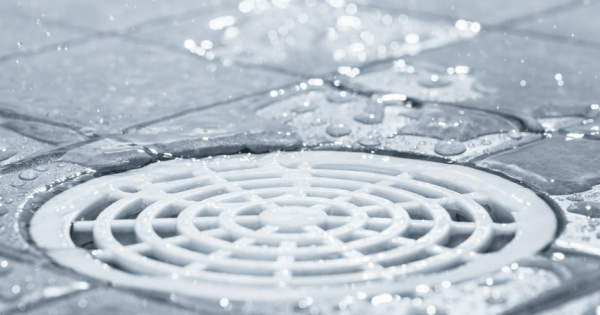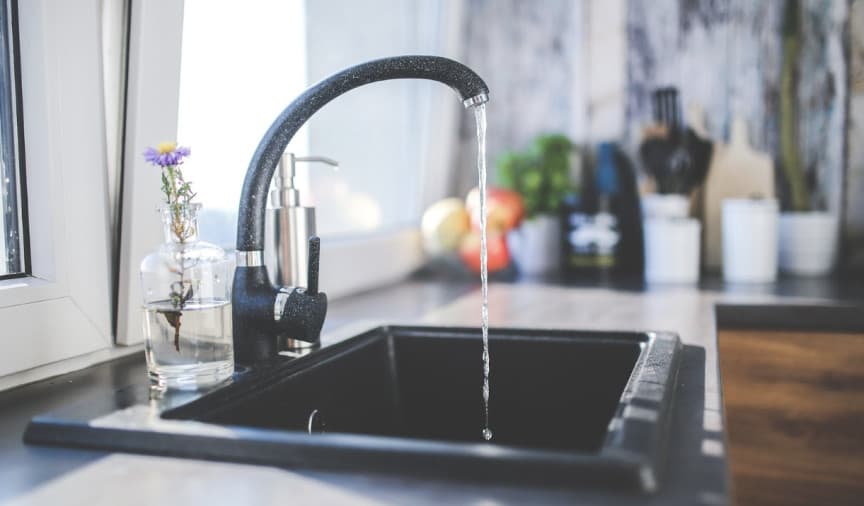Do you find yourself trying to find selective information around What I learned from trying to deal with a clogged drain?

Intro
Handling an obstructed drain can be an irritating experience, interrupting daily tasks and potentially creating damage to your residential or commercial property. Nevertheless, before reaching out to plumbing experts, there are steps you can require to deal with the concern on your own. In this overview, we'll discover DIY options and safety nets to deal with an obstructed drain efficiently.
Determining the Problem
The very first step in resolving an obstructed drainpipe is identifying the indicators. Slow-moving drain, gurgling audios, foul odors originating from drains, or water support up prevail signs of a blocked drain. Identifying these indications early can aid avoid even more problems.
Choosing the Right Pipes Service
When picking a pipes service, think about variables such as experience, licensing, and consumer evaluations. Pick a credible plumbing professional with a record of high quality craftsmanship and transparent rates methods.
Price Considerations
The expense of professional drain cleaning company can differ depending upon the severity of the blockage and the plumbing technician's prices. Request quotes from multiple providers and ask about any additional charges to ensure openness and avoid shocks.
Safety and security Precautions
When attempting DIY drain cleansing, prioritize safety and security. Put on safety handwear covers and eyewear to prevent contact with unsafe chemicals or germs. Never ever mix different drainpipe cleaning products, as this can generate unsafe fumes.
Case Studies
Real-life examples show the performance of DIY options and the relevance of prompt professional treatment in resolving drainpipe blockages.
Usual Sources Of Obstructed Drains
Recognizing the aspects that contribute to drain obstructions is crucial for effective resolution. Usual wrongdoers include hair, soap residue, grease, food debris, and foreign things like hygienic items or paper towels. Tree origins attacking underground pipes can likewise cause considerable clogs.
DIY Solutions
For small clogs, a number of DIY services can be effective. Pouring boiling water down the drain can aid dissolve oil and debris. Sodium bicarbonate and vinegar or a blend of salt and cooking soft drink can function as all-natural cleansers. Making use of a bettor or plumbing snake to displace blockages is another alternative.
Devices and Tools
Having the right devices on hand can make do it yourself drain cleaning up much more reliable. A bettor is a functional tool for clearing clogs in sinks, bathrooms, and showers. A pipes serpent or auger can reach much deeper clogs, while drainpipe cleansing chemicals can be used carefully for stubborn clogs.
Preventive Measures
To prevent future blockages, adopting safety nets is essential. Set up drain guards or strainers to capture hair and particles prior to they get in the pipes. Consistently flush drains with hot water to dissolve oil buildup, and prevent taking care of grease or solid waste down the drain.
When to Call a Professional
While do it yourself services can settle minor blockages, certain indications indicate the demand for specialist aid. Consistent obstructions, foul odors in spite of cleaning initiatives, or multiple drains pipes backing up simultaneously are warnings that require expert treatment.
Conclusion
By complying with the ideas described in this guide, you can successfully deal with blocked drains pipes and stop future pipes issues. Whether choosing do it yourself services or looking for specialist aid, punctual activity is vital to preserving a healthy plumbing system and maintaining the honesty of your home.
How to Clear a Clogged Drain Yourself (And When to Call In the Professionals)
What Can Clog a Drain
- Dirt
- Skin flakes
- Hair
- Grease
- Soap scum
- Food
- Offset pipes
- Tree roots
- Small objects
- Mineral buildup
DIY Tricks to Unclog a Drain
You can fix this! Once you have identified the source of the clog (or have a vague idea), you can try one or a combination of these fixes in order to clear your plumbing.
Wire Hanger or Snake
Untangle and clear out hair from a drainpipe with a homemade snake. Use a straightened-out wire hanger with a 90-degree angle hook to locate the clog and drag out any unwanted material.
Remember not to push the clog further down to where the wire hanger cannot reach! If you need to follow up with a plunger, give it a try. Your efforts might be more successful after it’s been wire-snaked.
If you want to get fancy and don’t have a wire hanger to spare, head to the store and pick up a hand-operated drain snake. You can get one for $10-$30. It may save you the hassle, and provide additional length to reach deep into the clogged pipe.
Plunger
A cup plunger has a suction cup attached to a wooden handle. The rubber creates a seal around the drain, and increases the pressure force of the plunger.
Plunge for 30-second increments to loosen the clog. This may need to be repeated over the course of 15-20 minutes. Once plunged, run the water to flush the remaining material out of the drain.
Remember– never use a plunger if you have used a chemical drain cleaner. These chemicals can splash up from the force of the plunger and cause serious injury or burns.
Boiling Water
Hot water can sometimes break up materials into a flushable amount. Dirt, grease, and soap buildup requires heat in order to unstick from surfaces.
Take your kitchen kettle and heat your water to a boil. Once it reaches a rolling boil, pour it directly down the drain into the blockage. Carefully follow with plunging, if necessary.
Don’t worry if this takes more than one try! It can often take multiple kettles and repeated plunging in order to clear a particularly stubborn clog.
Chemical Drain Cleaner
As a last resort, pick up a bottle of chemical drain cleaner. Drain-cleaning chemicals are potent, and not very good for the environment.
You may need to wear protective eyewear in gloves before handling your bottle of chemical drain cleaner. Follow the instructions printed on the bottle, and flush with water as soon as the instructions allow. Do not follow with plunging.
Baking Soda and Vinegar
As a safer alternative to chemical drain cleaner, baking soda and vinegar can create a chemical reaction that clears tough clogs.
Combine one cup of cleaning vinegar with one cup of boiling water, and set aside. Once you have done this, pour half a cup of baking soda down the drain. Give the baking thirty seconds to settle and cover a large portion of the problem drain.
Following the baking soda, pour down your vinegar and hot water solution. Once the vinegar and baking soda combine, the mixture will bubble and fix. Let this reaction fizzle in the drain for about an hour.
After an hour, follow with a kettle’s worth of hot water. The heat and liquid should flush out any remaining material.
When to Call a Plumber
If your DIY attempts haven’t cleared your clog drain, it’s time to call in a professional. It’s not worth losing access to your kitchen sink or high-traffic bathroom. A clog in a vital area can keep you from the things you’d rather be doing, and derail your routine.
Anytime a clog is causing water to spread is a time to call in a plumbing service. What starts out as a little bit of water can quickly grow into serious, expensive water damage.
Additionally, a serious clog can result in burst pipes or serious leaks. Make sure you know when to take it seriously!
https://myguysnow.com/how-to-clear-a-clogged-drain-yourself-and-when-to-call-in-the-professionals/

I'm just very taken with 8 Tips For Clearing A Blocked Drain and I'm hoping you liked my piece. Sharing is nice. You won't know, you might be helping someone out. Thanks a lot for going through it.
Book Service Now
Comments on “How to Manage a Blocked Drain Before Seeking Professional Assistance”